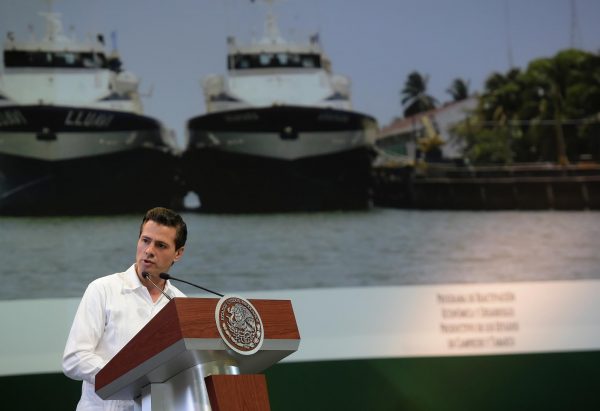Viridiana Rios, a fellow at the Woodrow Wilson International Center for Scholars who holds a PhD in Government from Harvard University, wrote this article on Mexico’s Special Economic Zones for Forbes.
In June 2016, Mexico enacted a federal law to create Special Economic Zones (SEZ) in four of the poorest regions of the country. The initiative aims to reduce the markedly unequal levels of economic development inside Mexico, with a set of wealthy, internationally connected northern states, and an agricultural south that seems mired in perpetual underdevelopment.
Mexico will create its first Mexican SEZ in the Pacific port of Lázaro Cárdenas, on the border of the states of Michoacán and Guerrero, and the other three will follow at the Isthmus of Tehuantepec (Veracruz and Oaxaca states), Puerto Chiapas (Chiapas), and the Coatzacoalcos Corridor /Ciudad del Carmen (Campeche). The goal is to have at least one “anchor firm” operating in each SEZ by 2018, the last year of the current administration.

President Enrique Peña Nieto has predicted economic ‘reactivation and regeneration’ for Campeche and Tabasco. (PHOTO: gob.mx)
Mexico’s SEZ policy is inspired by the relative success of China. An SEZ is a geographically delimited area designed to attract Foreign Direct Investment (FDI) by providing tax incentives, trade facilities, duty-free customs benefits, infrastructure development prerogatives, and easier regulatory processes[1]. The SEZs that were created in China during the eighties (Shenzhen, Zhuhai, and Shantou in Guangdong Province) became economically successful, now accounting for as much as 22% of national gross domestic product, 46% of FDI, and 60% of the total exports of the country. China’s SEZs also generate about 30 million jobs (Zeng 2015)[2].
To read the full Forbes article, click here.
To see the full list of references, visit WilsonCenter.org.

